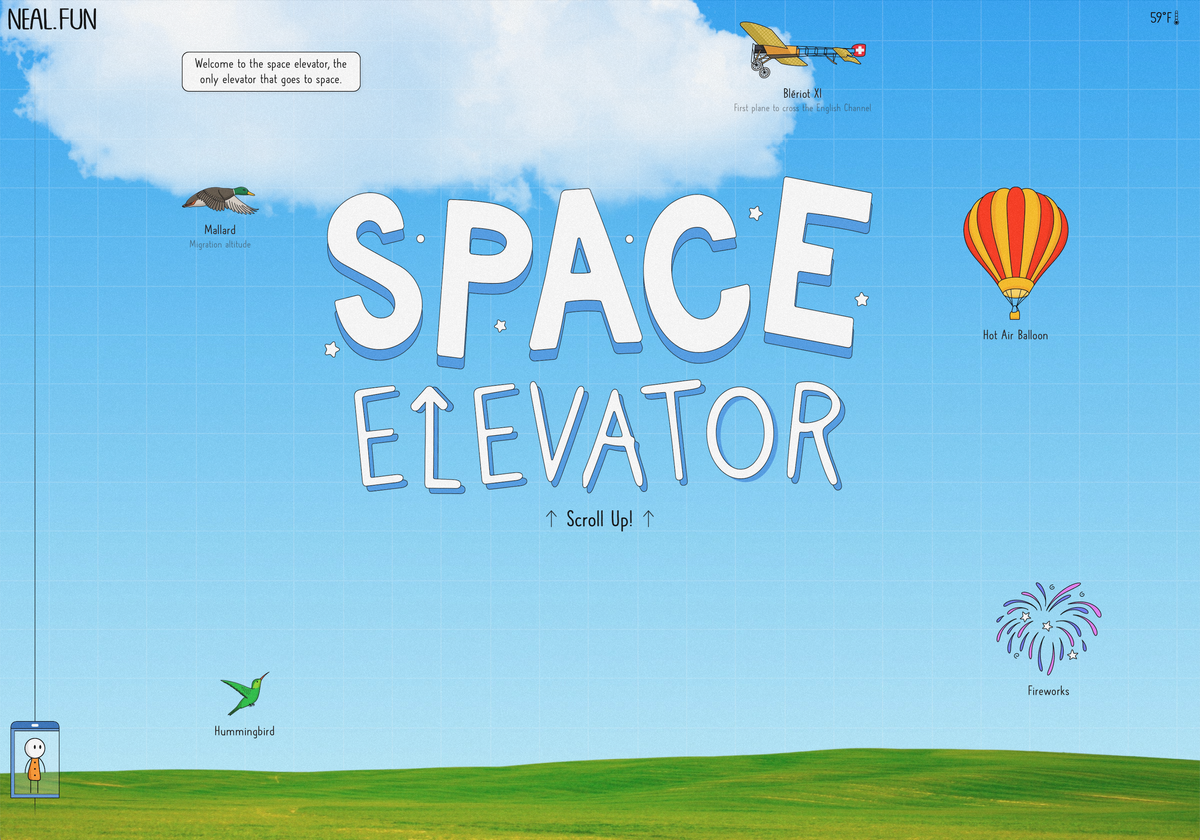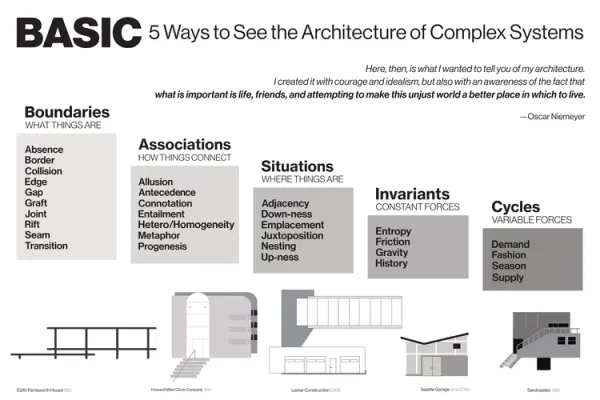№ 34 | The A.I. Dilemma, Terra Nil, Video Game UIs, Space Elevator, and 14 Signs of Fascism

The A.I. Dilemma [March 9, 2023]
Damn.
Tristan Harris and Aza Raskin give a somber—and sobering—look at “how existing A.I. capabilities already pose catastrophic risks to a functional society.” This goes beyond a host of other concerns that have already been raised (see screenshot below) to address a more fundamental concern, with comparisons to the development of the nuclear bomb and social media. 😧

Here’s a mic drop moment (one of many) from Aza Raskin:
When you invent a new technology, it’s your responsibility as that technologist to help uncover the new class of responsibilities, create the language, the philosophy, and the laws… because they’re not going to happen automatically. If that tech confers power it’ll start a race and if we do not coordinate, that race will end in tragedy.
“Terra Nil Is Optimistic Climate Fiction with a Dark Side”
I find both this video game (and the criticism of the technocratic underpinnings) fascinating. Terra Nil is a video game set in a post-apocalyptic future, with the goal of restoring an already collapsed environment, “balancing ecology rather than economy.”

Coincidentally, I just finished reading the fiction book All the Birds in the Sky which explores similar themes of environmental collapse and the role of human intervention—via technology or other means (magic, in this case)—to restore things.
[And… FWIW, Revive is a similarly themed board game (“Revive civilization, 5000 years after the fall of humankind”), though I wouldn’t say there’s anything cautionary or educational about the game—it’s just a really fun, albeit heavy, strategy game]
Since we’re talking about video games…
Game UI Database
Holy crap! Whether you’re designing video games, or business apps that work a bit like video games (ahem), then here’s an invaluable resource: The Game UI Database. A collection of ‘47441 screenshots from 1152 games’ (as of this posting)—for your UI inspiration. Pairs nicely with this classic paper from 2003: “Learning from Games: HCI Design Innovations in Entertainment Software” (PDF).

Space Elevator
😍!! This little microsite proved to be an amazing way to spend 5 minutes, and educational to boot! Talk about learning through play. Or playful things. (Reminiscent of Explorable Explanations.)

14 signs of fascism
Good, structured thinking—like these 14 signs of fascism (summarizing Umberto Eco’s classic 1995 essay on this topic)—begs to be turned into a game, of some kind. A serious game. Seriously.






